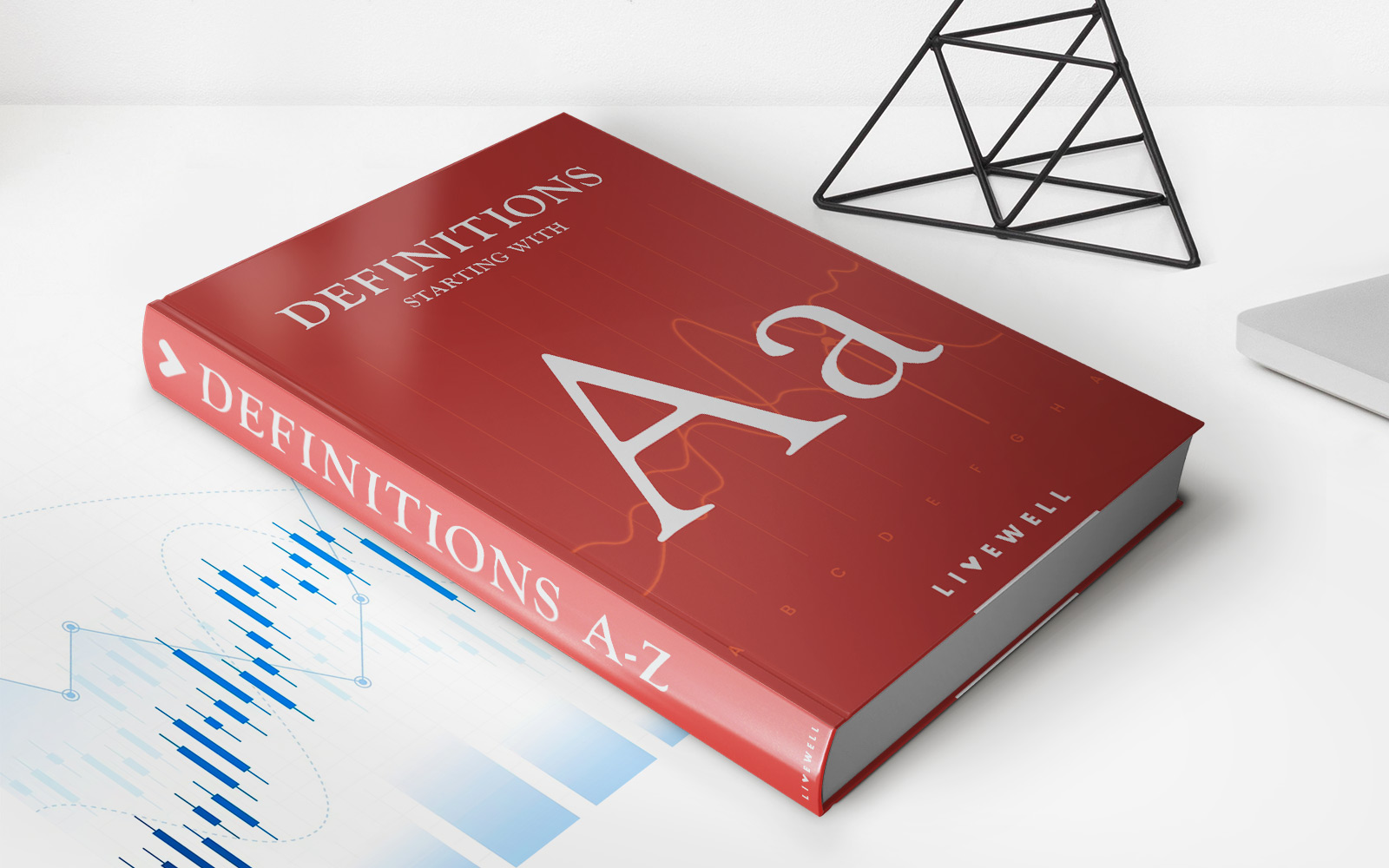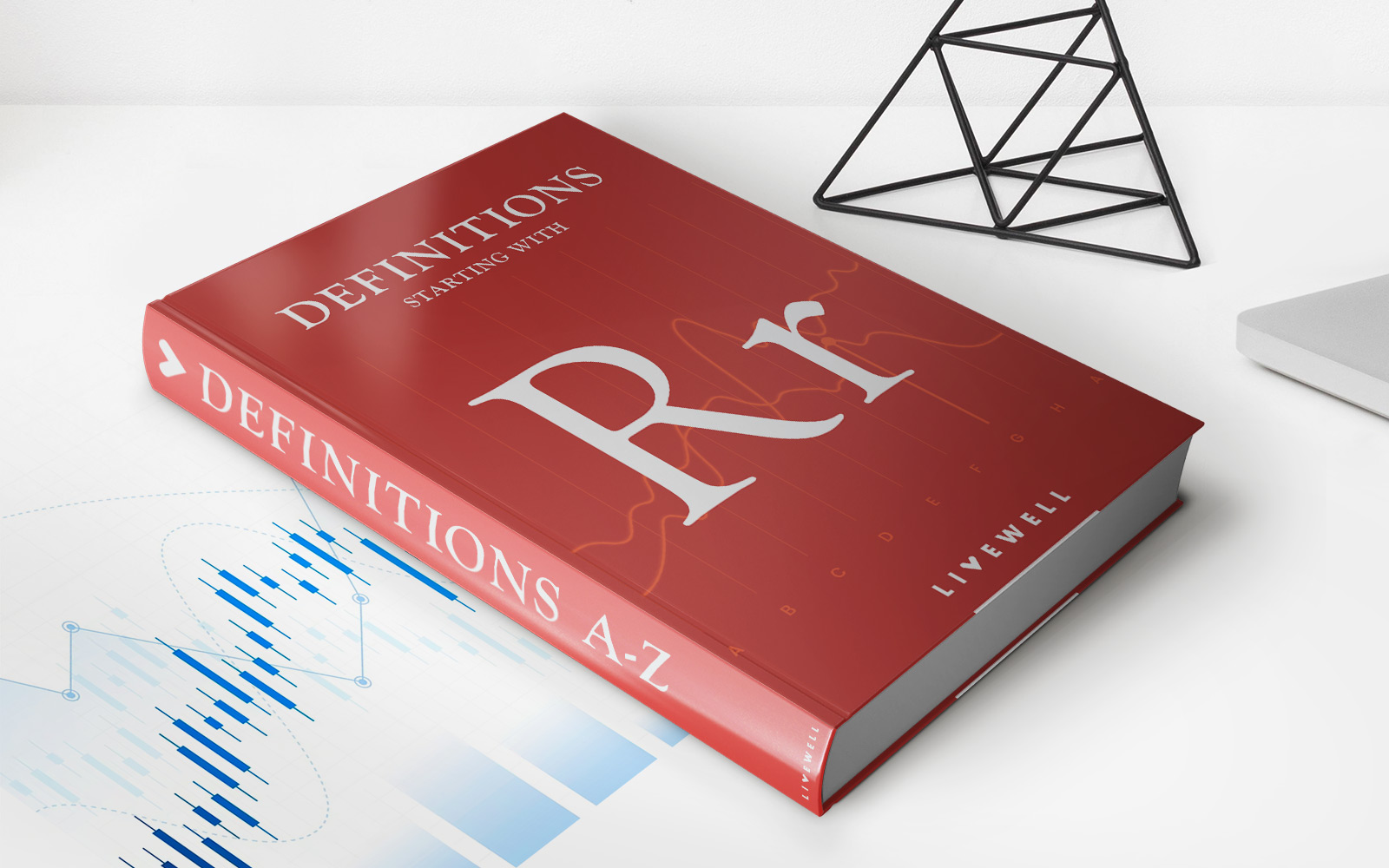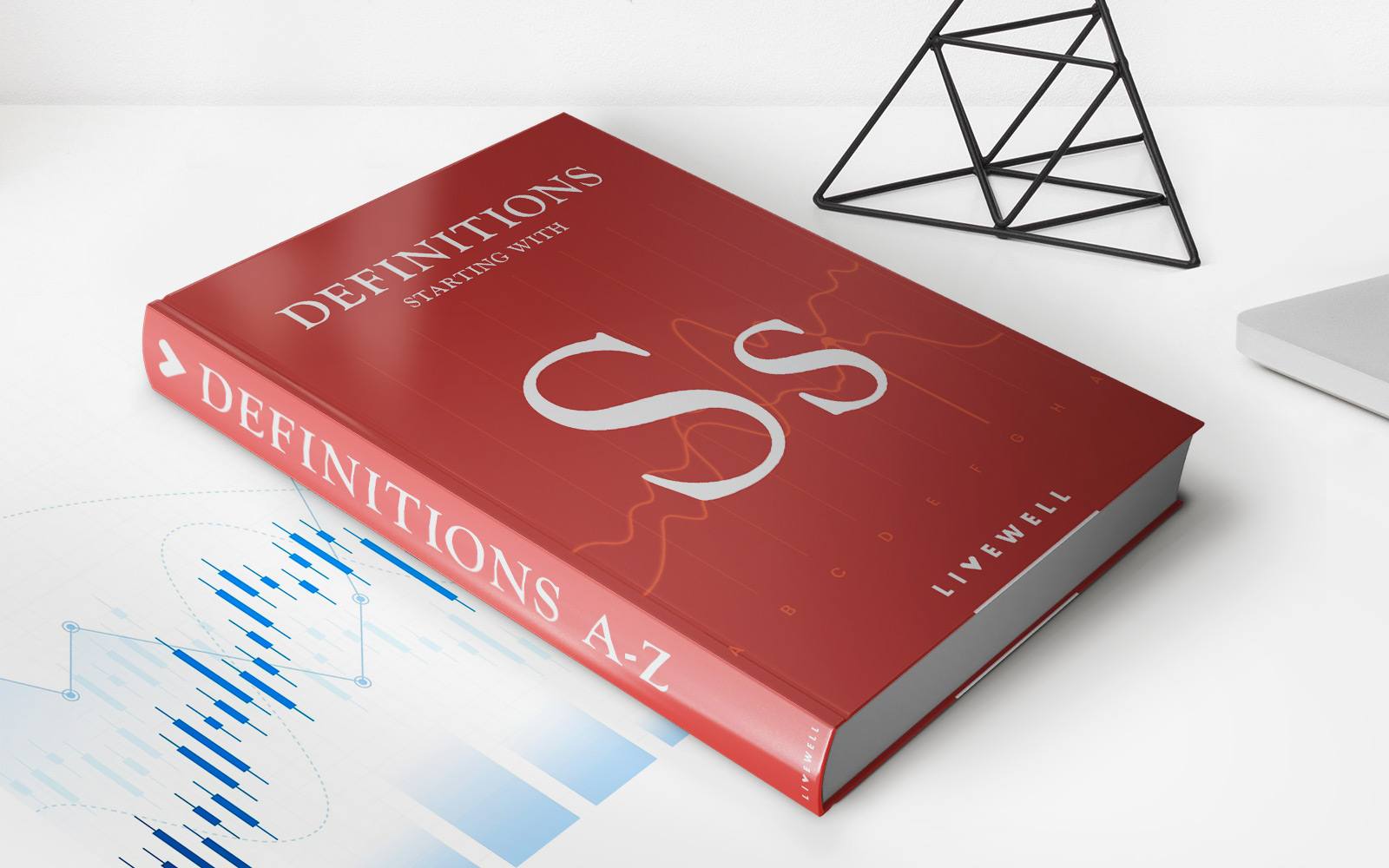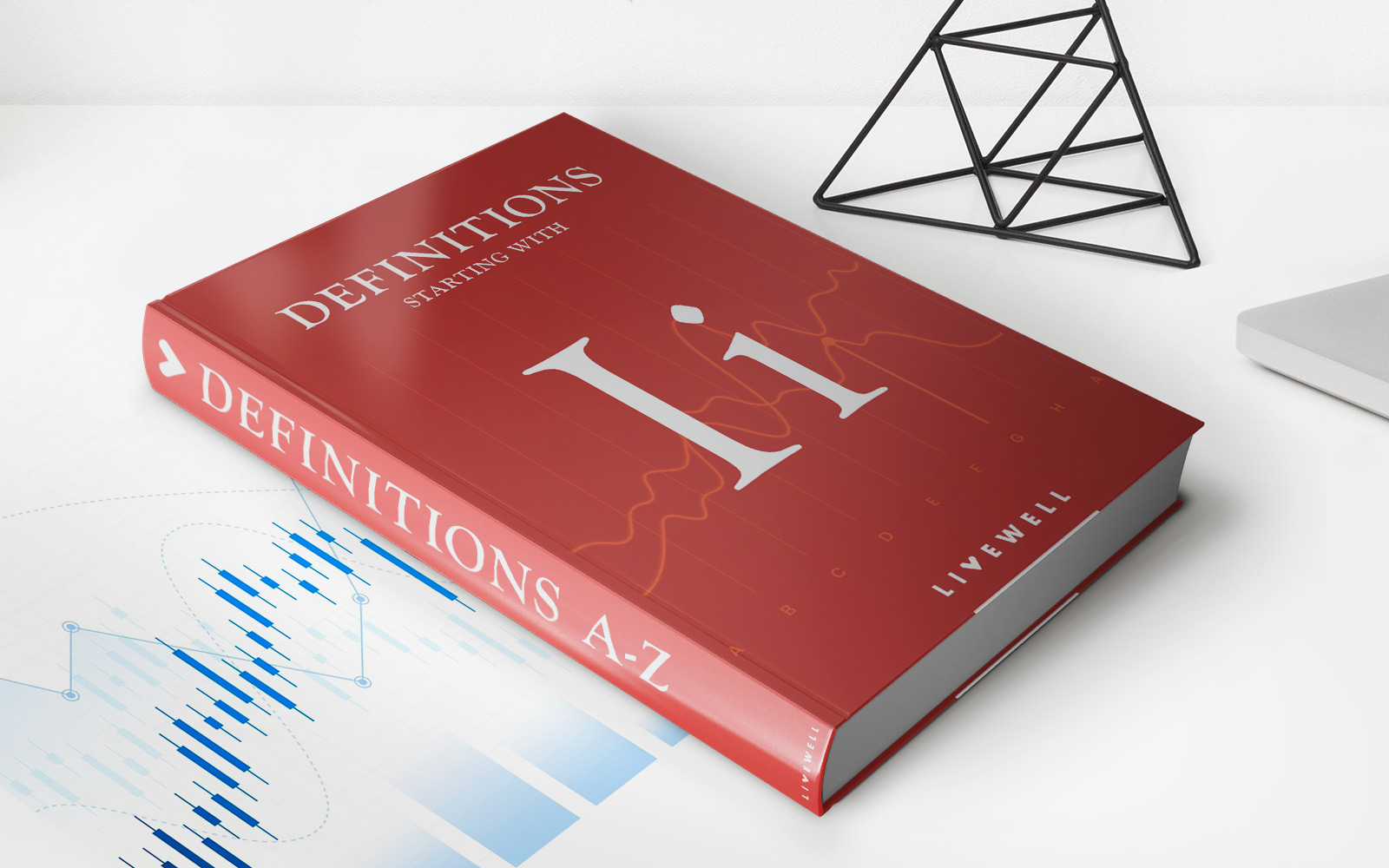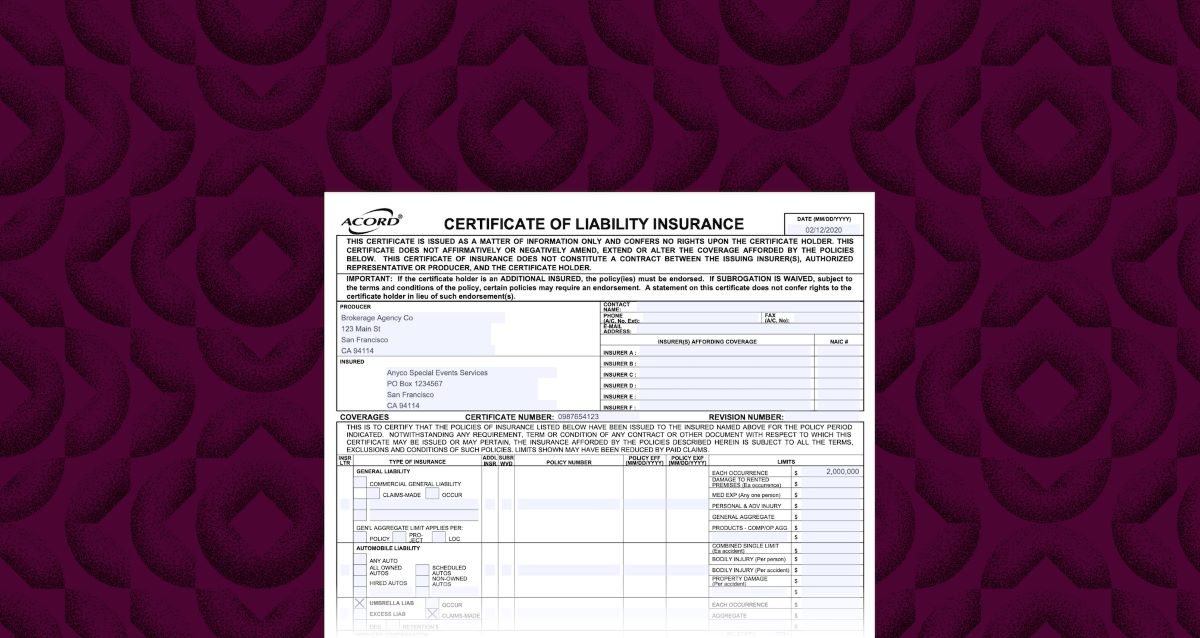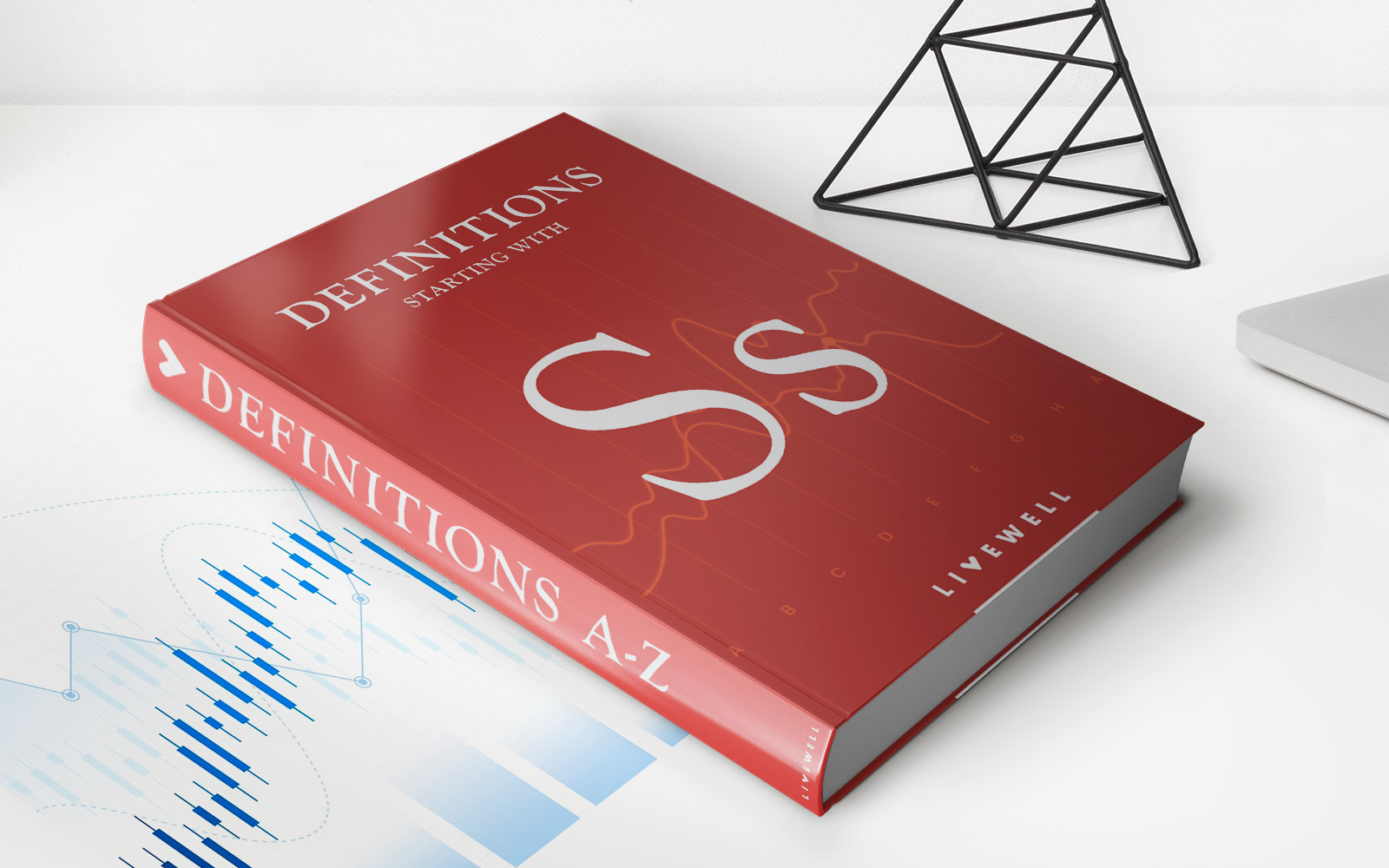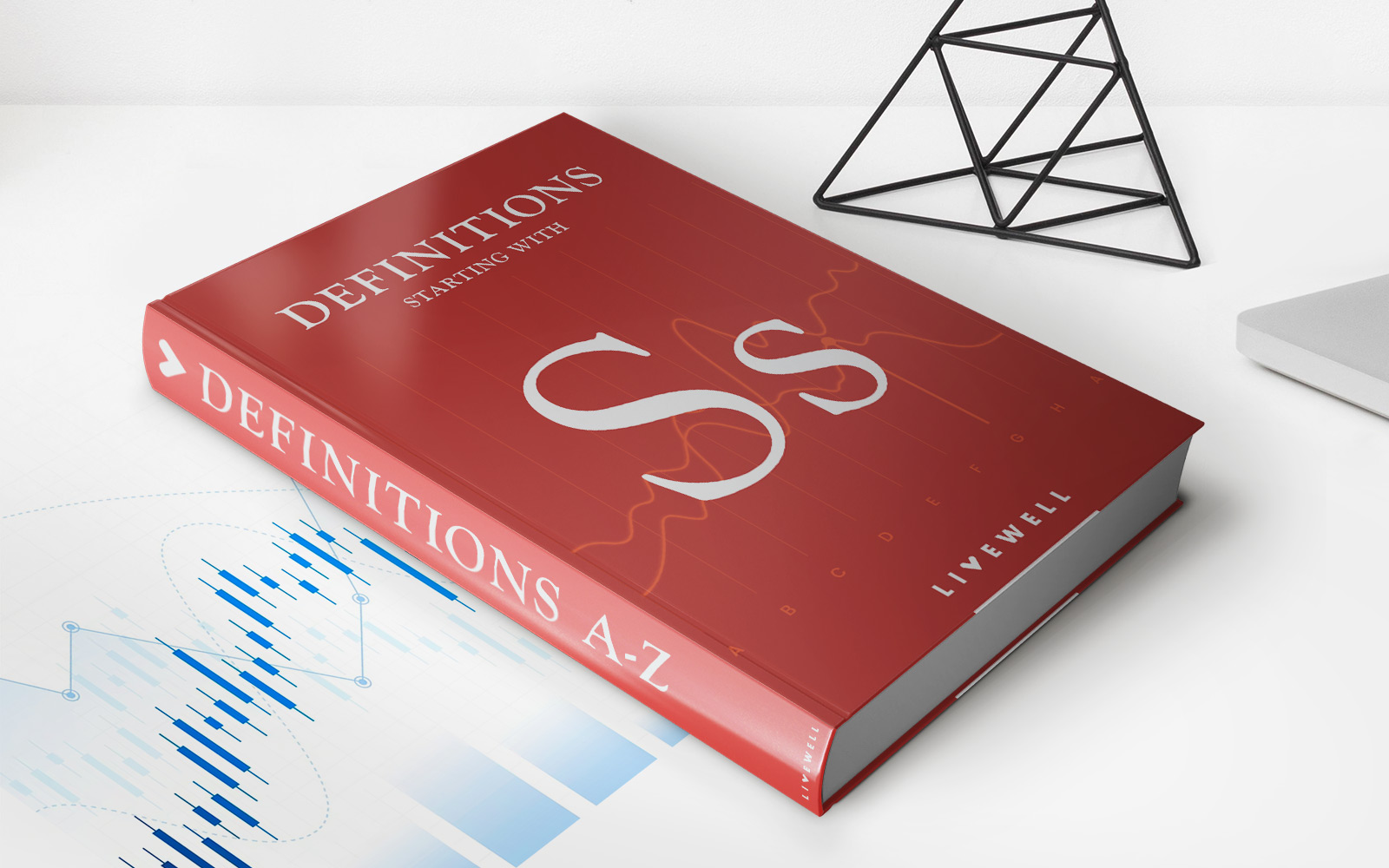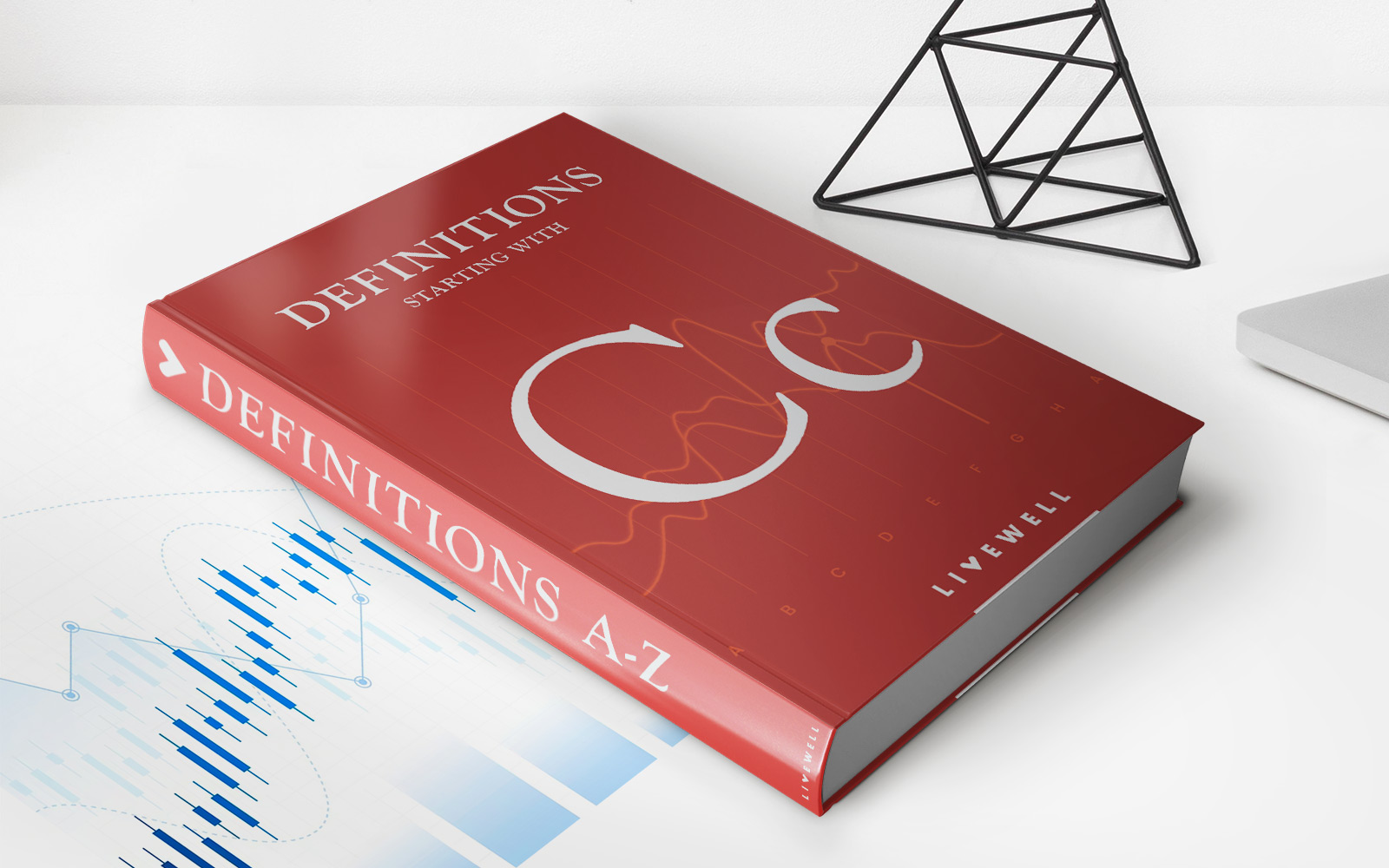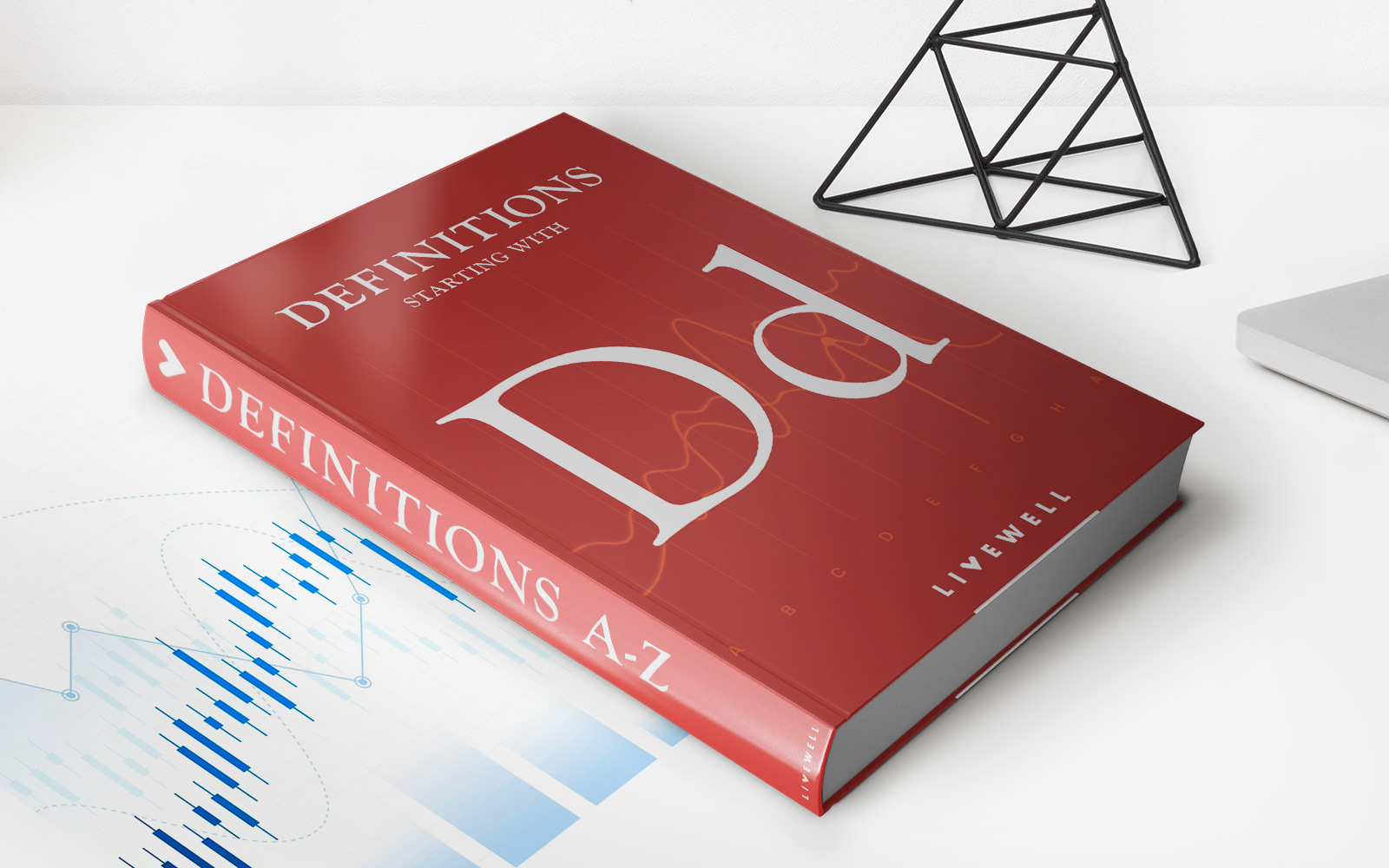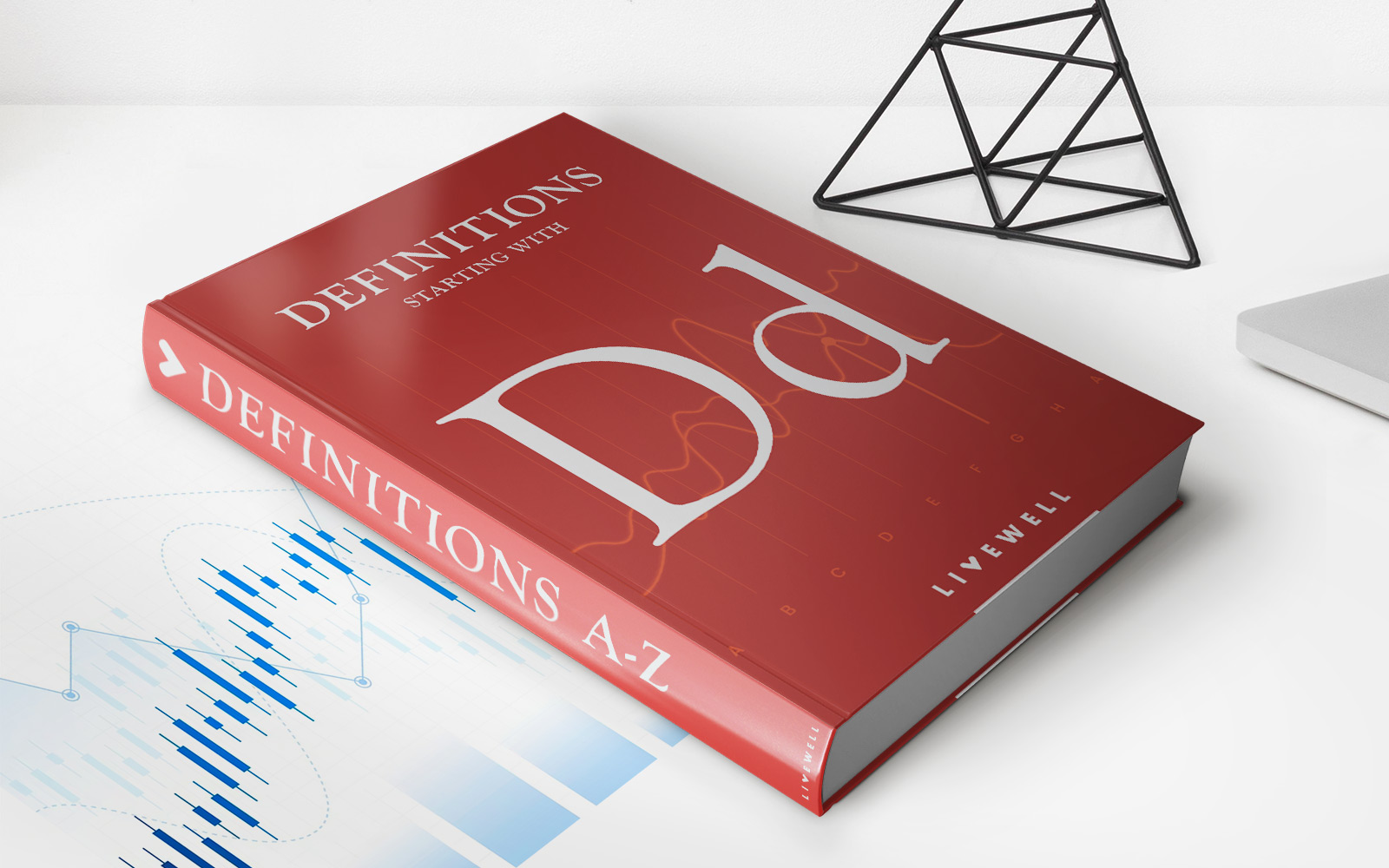Home>Finance>Section 1245: Definition, Types Of Property Included, And Example
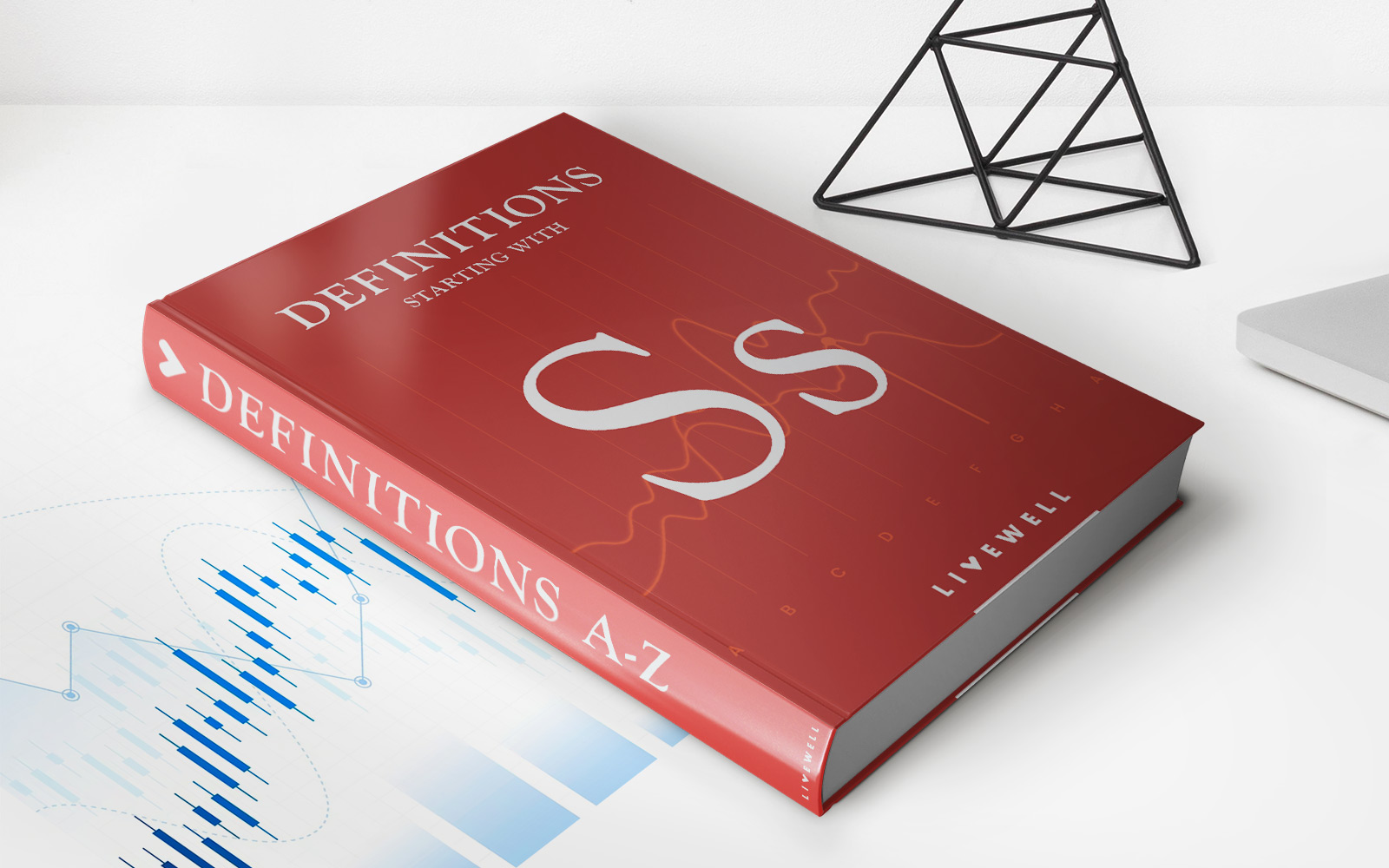

Finance
Section 1245: Definition, Types Of Property Included, And Example
Published: January 25, 2024
Learn about Section 1245 in finance, its definition, various types of included properties, and discover an example to understand its application.
(Many of the links in this article redirect to a specific reviewed product. Your purchase of these products through affiliate links helps to generate commission for LiveWell, at no extra cost. Learn more)
Understanding Section 1245: Definition, Types of Property Included, and Example
In the world of finance, understanding the intricacies of tax regulations is crucial for making informed decisions. One such regulation that often comes into play is Section 1245 of the Internal Revenue Code. But what exactly is Section 1245, and how does it impact your financial transactions? In this blog post, we will delve deep into Section 1245, explore its definition, discover the types of property it includes, and provide a comprehensive example for better understanding.
Key Takeaways:
- Section 1245 is a tax regulation found in the Internal Revenue Code.
- It pertains to the depreciation of certain types of business property.
What is Section 1245?
Section 1245 is a provision within the Internal Revenue Code that governs the depreciation of specific types of business property. Depreciation is the deduction allowed for the gradual decrease in the value of an asset over time. This regulation provides guidance on how businesses can treat the depreciation of certain assets for tax purposes.
Types of Property Included under Section 1245
Section 1245 applies to a wide range of assets commonly used in business operations. The following are some examples of property included under this section:
- Equipment: This includes machinery, vehicles, computers, and other tangible assets used for business activities.
- Furniture and Fixtures: Items such as desks, chairs, shelves, and display cases fall within this category.
- Intangible Assets: Some intangible assets, like patents, copyrights, and trademarks, are also covered under Section 1245.
- Structural Components: Any item attached to a building or its structure that serves a functional purpose, like HVAC systems or electrical wiring, is considered a structural component and falls under Section 1245.
Example: Applying Section 1245
Let’s say a business purchases a piece of equipment for $10,000. According to Section 1245, this equipment can be depreciated over its useful life for tax purposes. Depreciation is typically spread over several years based on the asset’s expected lifespan.
Using the straight-line depreciation method, the company may choose to deduct the cost of the equipment evenly over, let’s say, five years. This means that in each of those five years, the business can claim a tax deduction of $2,000. By spreading out the deduction, it reduces the immediate tax burden and better aligns with the asset’s actual usage.
Conclusion
Understanding Section 1245 is essential for business owners and financial professionals seeking to optimize their tax planning strategies. By knowing the types of property covered under this provision and how it affects the depreciation of assets, businesses can make informed decisions that maximize their tax benefits. Properly leveraging Section 1245 allows businesses to reduce their tax liability while ensuring compliance with the Internal Revenue Code.
With a firm grasp of Section 1245 and its implications, businesses can navigate the complex world of tax regulations with confidence and ease.
